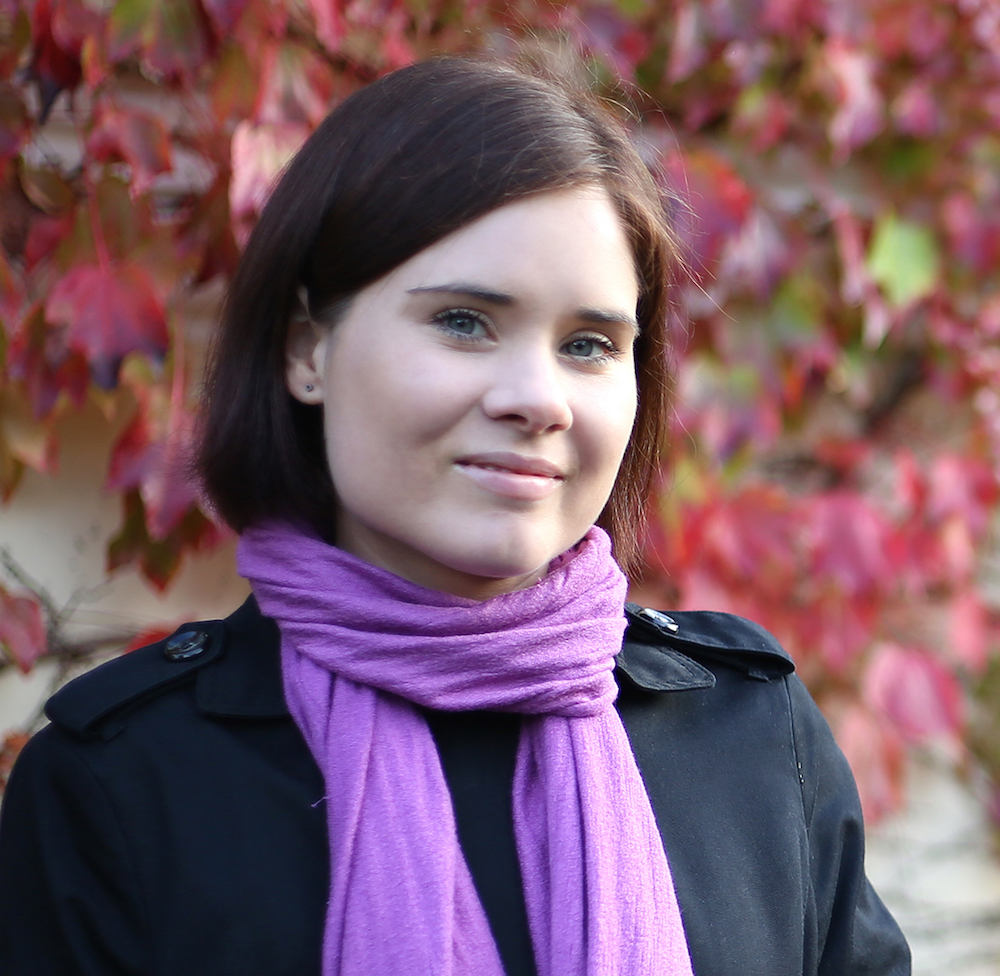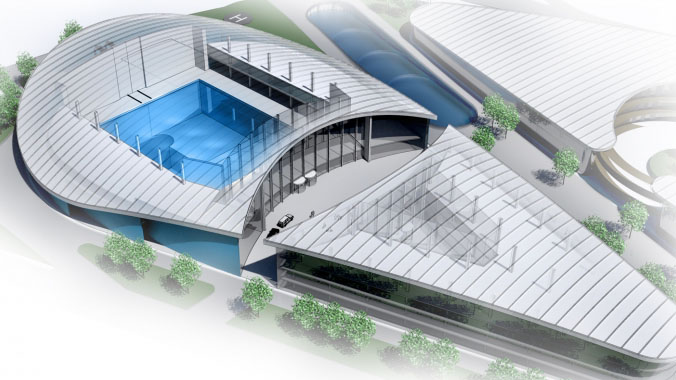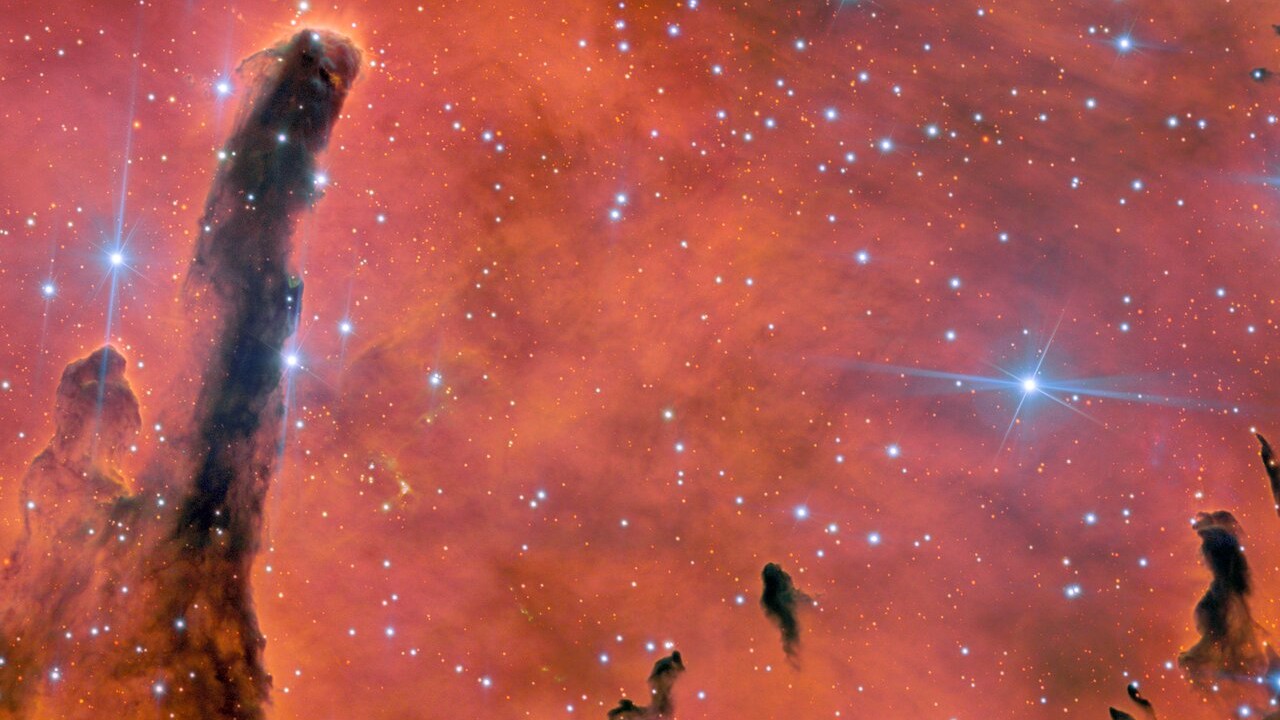World's largest (and deepest) indoor pool to house new astronaut training center
It could hold 17 Olympic-size pools.

The world's largest swimming pool designed for astronaut training and development of subsea robots will be built in the U.K. near the Cornwall Airport Newquay, which expects to serve as a spaceport for Virgin Orbit launches beginning next year.
Part of what will become the Blue Abyss underwater center, the 164 feet long (50 meters) 130 feet deep (40 m) pool will have a stepped floor and a 164 feet deep (50 m) shaft measuring 52 feet wide (16 m). The company said in a statement that the pool would be able to hold 1,483,216 cubic feet (42,000 cubic meters) of water, which is equivalent to 17 Olympic-sized swimming pools or 168 million cups of tea.
The company is now negotiating with the local authority, Cornwall Council, to purchase four plots of land next to the future Spaceport Cornwall, where the center will be located. It will then apply for a planning permission, assuming construction to be completed within 18 months after that. The center is expected to open in 2023.
Photos: NASA is testing the first of its new moonwalking spacesuits underwater
The company didn't say whether it has already raised the entire sum of £150 million ($213 million) required for the construction of the center, which will also feature hypobaric and hyperbaric chambers simulating the effects of high and low pressure, as well as a microgravity suite, a training center with classrooms and on-site accommodation facilities.
British astronaut Tim Peake, who spent 186 days on the International Space Station in 2016, is one of the company's board members.
"Cornwall is the perfect home for Blue Abyss, a region with great potential for its space, aerospace and renewable energy ambitions," Peake said in the statement. "This project will join Goonhilly Earth Station (a large radiocommunication space station located in Cornwall) and Spaceport Cornwall as significant national assets, creating a deep-sea and space-research training and test facility, as well as a fantastic educational resource, helping to widen our knowledge of how humans and technology can function in extreme environments."
Get the world’s most fascinating discoveries delivered straight to your inbox.
Related: Virtual reality will be a big part of Boeing's Starliner astronaut training
The center, the brainchild of former British Army diving instructor John Vickers, was designed by British architect Robin Partington, who led the design of the Gherkin, one of London's most recognizable skyscrapers.
"We are planning a globally unique facility with a wide range of potential uses that tap into so many of the industries that Cornwall and the U.K. Southwest are known for," Vickers said in the statement. "Blue Abyss will be a huge research asset for aerospace, offshore energy, underwater robotics, human physiology, defense, leisure and maritime industries."
The center will have a sliding roof through which a 33-ton (30 metric tonne) crane will lower large objects into the pool. These objects might include mock-ups of components of the International Space Station, as well as underwater film sets or mock-up cave systems for testing of remotely operated submarines.
The pool's temperature, lighting and salinity will be adjustable to simulate different conditions, including different currents at varied depths.
Follow Tereza Pultarova on Twitter @TerezaPultarova. Follow us on Twitter @Spacedotcom and on Facebook.





